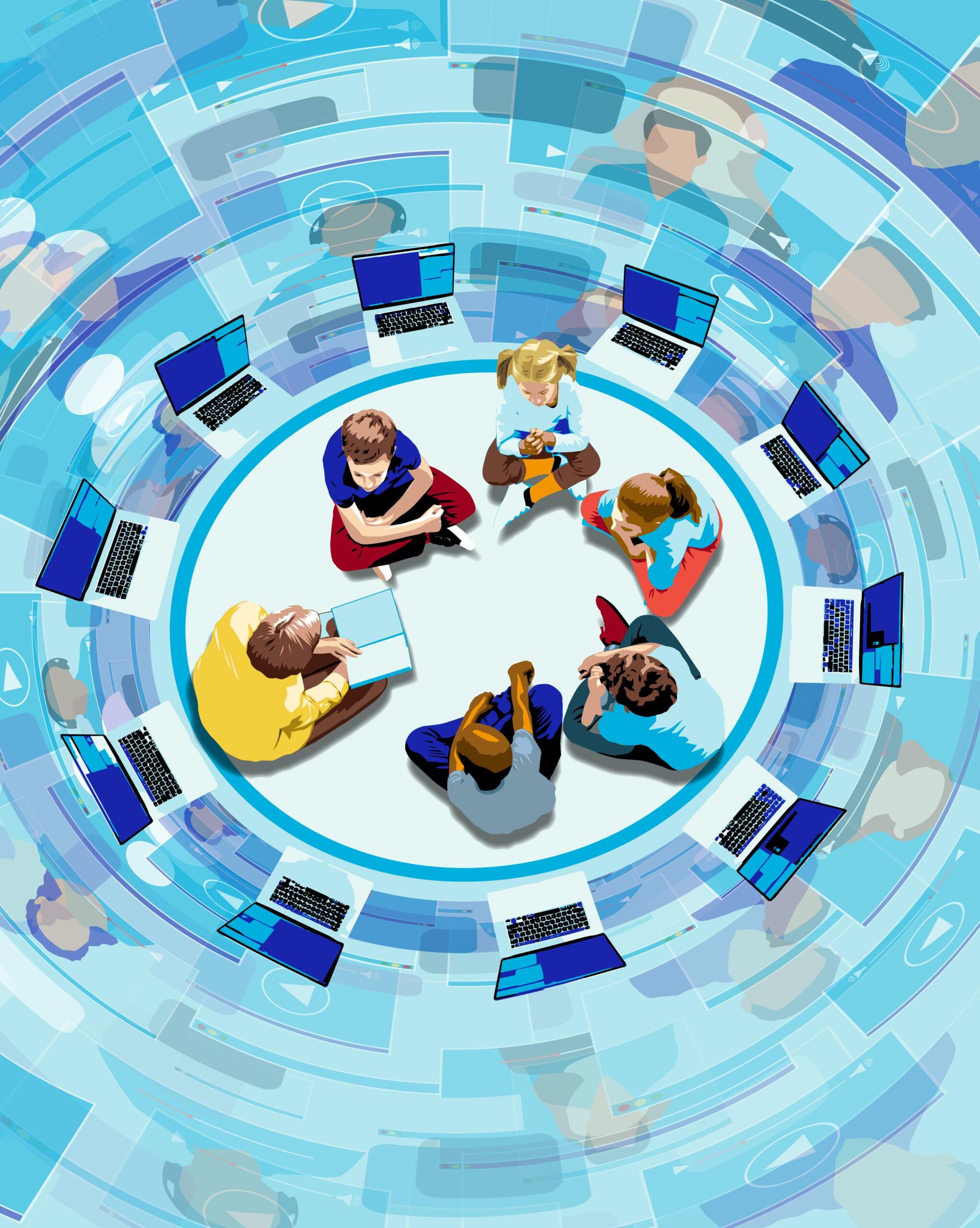Balancing Fun and Learning: Expert Tips for Educators to Engage and Teach Effectively
Do you strive to make your lessons both enjoyable and educational? Discover how expert educators seamlessly blend fun with learning to boost student engagement and improve outcomes. This comprehensive guide shares actionable strategies, research-backed insights, and inspiring real-world examples that will help any educator create a dynamic and effective classroom environment.
Introduction: The Art and Science of Engaging Lessons
creating a classroom where learning is both engaging and effective requires more than just innovative teaching methods—it requires understanding how to strike the perfect balance between fun and learning. This balance increases student motivation, fosters creativity, and leads to higher academic achievement. However, integrating fun activities into the curriculum without sacrificing educational value can be challenging.
In this article,we explore expert tips for educators on how to balance fun and learning in the classroom. You’ll find plenty of practical strategies and evidence-based techniques for student engagement, classroom management, and truly effective teaching.
The benefits of Blending Fun with Learning
Before diving into expert tips, it’s important to understand the key benefits of balancing fun with learning:
- Enhanced Retention: Students remember information better when they are emotionally engaged in the learning process.
- Improved Motivation: Fun activities spark curiosity and help keep students motivated,even in challenging subjects.
- Classroom Community: Group activities and games help students build relationships and work effectively in teams.
- Development of Soft Skills: Collaborative play strengthens interaction, adaptability, and creativity.
- Positive Attitude Toward Learning: making learning enjoyable helps students develop a lifelong love for education.
Expert Tips to Engage and Teach Effectively
Here are proven methods to infuse fun into your lessons while ensuring strong educational impact:
1. Make Learning Active
- Gamification: Incorporate elements of games—points, badges, leaderboards—to turn routine lessons into exciting challenges.
- Hands-On Activities: Use experiments, crafts, and building projects that let students learn by doing.
- Movement Breaks: Integrate short physical activities to boost energy and focus.
2. Leverage Technology Creatively
- Interactive Quizzes: Tools such as Kahoot! and Quizlet bring fun, competition, and instant feedback into lessons.
- Virtual Field Trips: Use VR, AR, or online museum tours to let students explore worlds beyond their classroom walls.
- Multimedia Presentations: Incorporate videos, podcasts, and music to reinforce key concepts.
3. Foster a Playful Classroom Culture
- Celebrate Mistakes: Normalize errors as a natural part of the learning process to reduce fear and increase participation.
- Role-Playing and Simulations: Let students step into historic,scientific,or literary roles to deepen understanding and empathy.
- Storytelling and Humor: Use relatable anecdotes and appropriate humor to make concepts stick.
4. Personalize the Learning Experience
- Student Choice: Allow students to choose from project options or topics that interest them, increasing investment in their work.
- Flexible groupings: Mix up teams and groups to support social learning and expose students to diverse perspectives.
- Feedback Loops: Routinely check in with students about what activities they find fun and meaningful.
5. Integrate Real-World Relevance
- Project-Based Learning: engage students in long-term projects connected to real community issues or global topics.
- Guest Speakers & Collaborations: Invite local experts or arrange virtual meetups to bring lessons to life.
- Service Learning: Connect academic content to volunteer work or school-wide initiatives for authentic impact.
Case Study: Transforming Math Lessons with Fun
“When I frist started teaching 6th-grade math, my students seemed disengaged and anxious about the subject. By introducing math games, real-life problem-solving projects, and friendly competitions, I saw participation and performance skyrocket. Students began to look forward to math class instead of dreading it!”
— Melissa grant, Math Teacher, Chicago Public Schools
- Activity Highlight: “Math Olympics” allowed students to work in teams and solve progressively challenging puzzles, earning medals and rewards.
- outcome: End-of-year assessments showed a 30% advancement in average scores and a dramatic increase in self-reported math confidence.
Firsthand Experience: Tips from Classroom Educators
Educators agree that building a joyful classroom doesn’t mean sacrificing rigor. Here are additional insights from experienced teachers:
- Start Small: “You don’t have to overhaul your whole curriculum. Begin by adding one new interactive activity each week and see what your students respond to best.” — Rachel Kim, 4th Grade Teacher
- Stay Flexible: “Plan, but don’t over-script. Sometimes, the best learning comes from a spontaneous game or a student’s unexpected question.” — James O’connor, Middle school Science
- Involve Students: “Let students be co-creators. Ask them what helps them learn and brainstorm fun ways to meet learning goals together.” — Natalie Ruiz, High School English
Frequently Asked Questions
1. Is it possible to make every lesson fun?
While not every lesson will feel like a party, integrating elements of play, creativity, and student choice can make even challenging topics more accessible and engaging.
2. How do I know if students are learning and not just having fun?
Use formative assessments, reflective journaling, and observation to gauge understanding. If students can apply concepts independently and recall key ideas, effective learning is happening.
3. How do I balance curriculum goals with classroom creativity?
Map your fun activities directly to learning objectives. communicate with administrators about the benefits of innovative approaches, backed by research and student outcomes.
Conclusion
Balancing fun and learning isn’t just possible—it’s essential for 21st-century educators seeking to foster happy, motivated, and high-achieving students.By actively engaging learners, integrating play, and connecting lessons to real life, teachers create a vibrant classroom culture where every child can thrive.
make it your mission to blend joy with rigor. Start small, reflect often, and watch your students—and yourself—rediscover the excitement of learning!
ready to refresh your teaching approach? Bookmark this guide and share it with colleagues who are looking to spark greater engagement and success in their classrooms!

